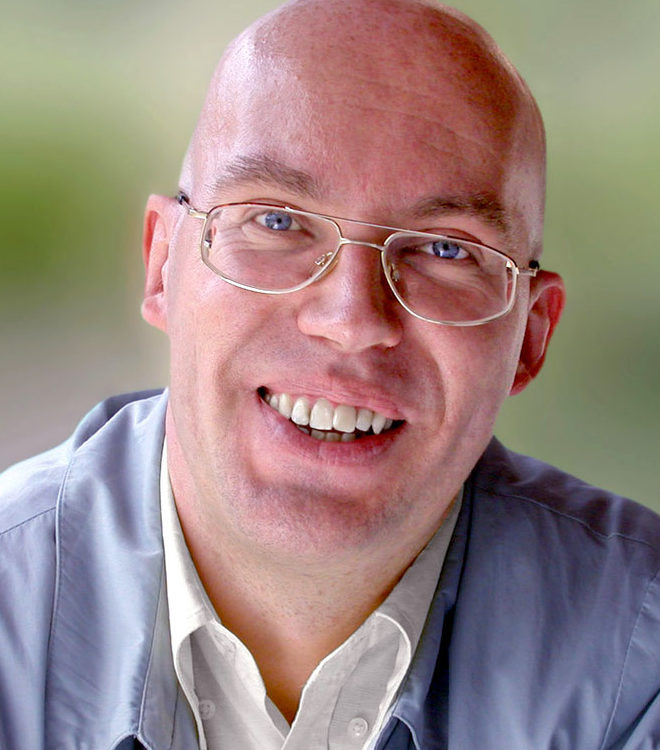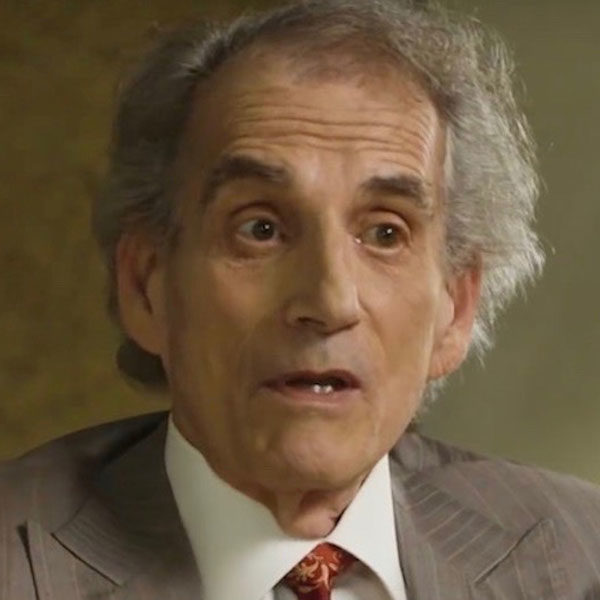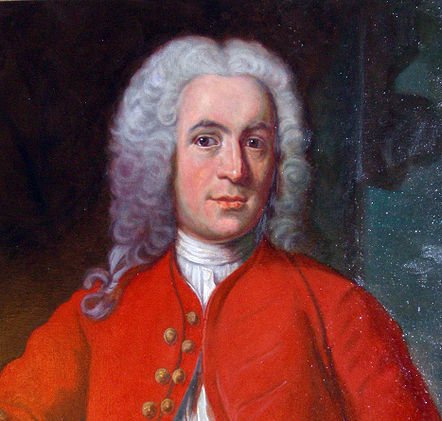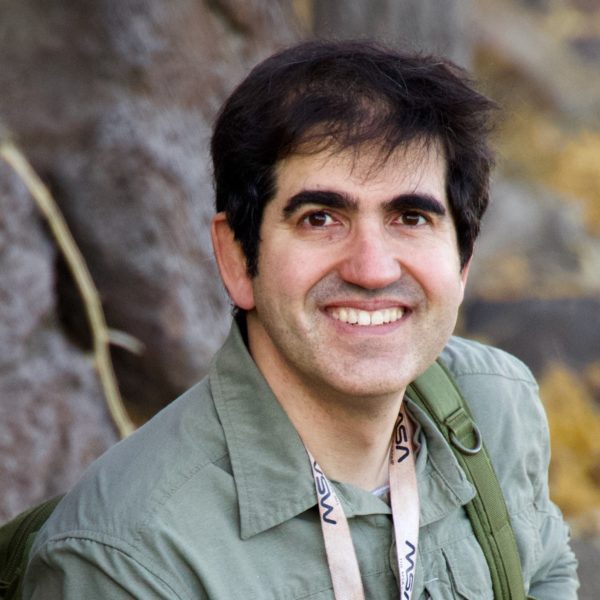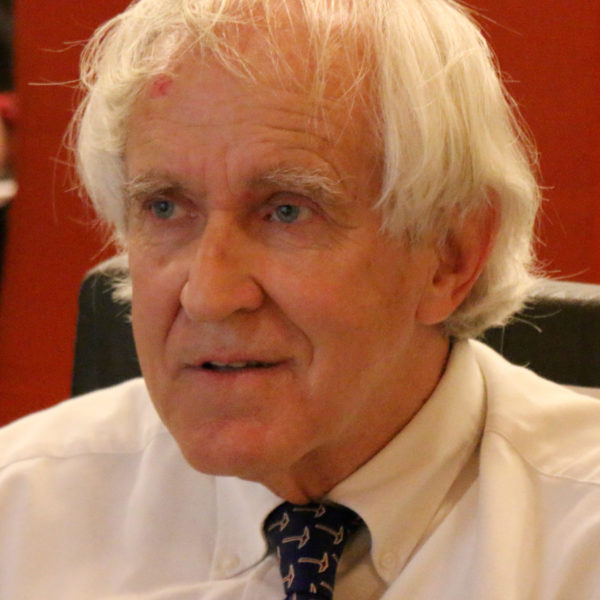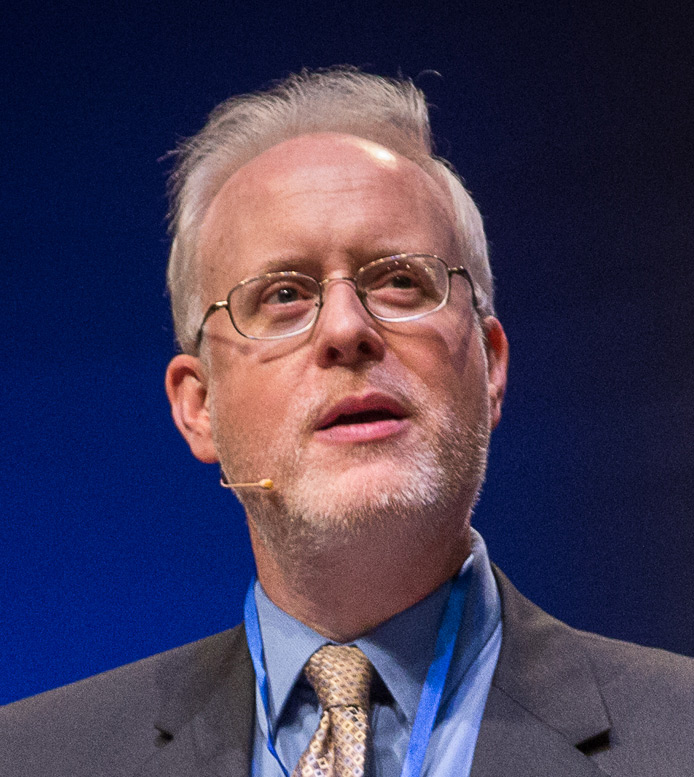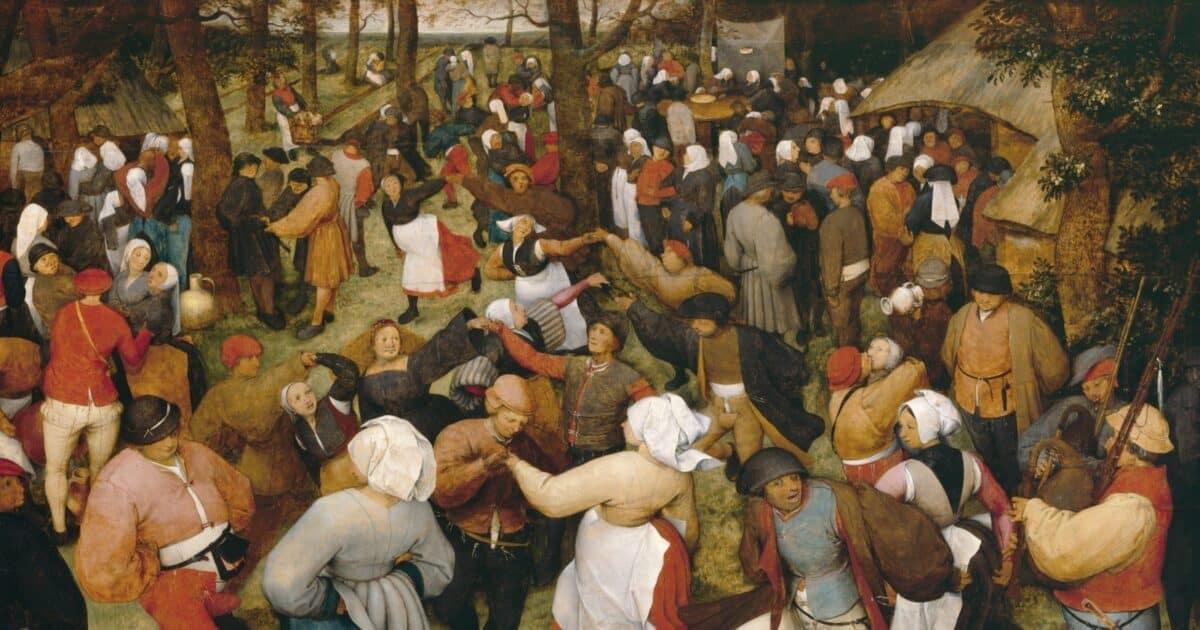
tinkering


Thoughts of Evil in a Designed World

Why Their Separate Ancestry Model Is “Wildly Unrealistic”

Walking Wonder: More to Appreciate About Kinesin, the “Workhorse of the Cell”

For Dreams of Darwinian Evolution, First Rule of Adaptive Evolution Is an Insuperable Problem
Intelligent Design and the Artist’s Soul (Part 3)
Editor’s Note: This is crossposted at Professor Scot McKnight’s Beliefnet blog, Jesus Creed. The first post in this series is found here, and the second here.
The Origin of Beauty
Benjamin Wiker and Jonathan Witt’s masterful book A Meaningful World: How the Arts and Sciences Reveal the Genius of Nature gives the following illustration of how modern scientific reductionists treat nature and the arts:
Imagine hearing the following account of one of Wolfgang Amadeus Mozart’s symphonies: ‘We have been able to prove that this particular symphony is actually reducible to a series of notes that happen to be played both at the same time in chords and one after another, creating a string of disturbances in the air caused by different frequencies. We realize, of course, that these disturbances cause further disturbances in the audience, due in part to the presence of Earth’s particular atmosphere and in part to the effect such disturbances have on the apparatus of the ear as transmitted by neurons to the brain–so disturbing, in fact, that some break into voluntary tears, remarking that they seemed to be hearing the very harmonies of heaven. Happily, we now know that there is nothing more to Mozart’s work in particular and to music in general than mere notes, themselves reducible to waves disturbing air.’
When Christian intellectuals hear such things, their general response is to think that they can have their Darwinian cake and merely scrape off the reductionist icing. But Darwinism, if I may continue the strained metaphor, is, it turns out, a layered cake with icing all throughout.
Read More ›Intelligent Design and the Artist’s Soul (Part 2)
Editor’s Note: This is crossposted at Professor Scot McKnight’s Beliefnet blog, Jesus Creed. The first post in this series is found here.
Intelligent Design and the Deity
In the predominant narrative, Charles Darwin was a humble scientist who proposed a strictly scientific theory. Upon publication of The Origin of Species in 1859, religious folks like Bishop Wilberforce voiced theological objections to it; and thus began the most salient episode in the ‘war between science and religion.’ Many Christians adopt a similar narrative, but suggest this was all a misunderstanding; Darwin’s theory simply has nothing to do with religious or philosophical questions.
If I may be so bold, I’d like to suggest that both narratives are wrong.
Read More ›
